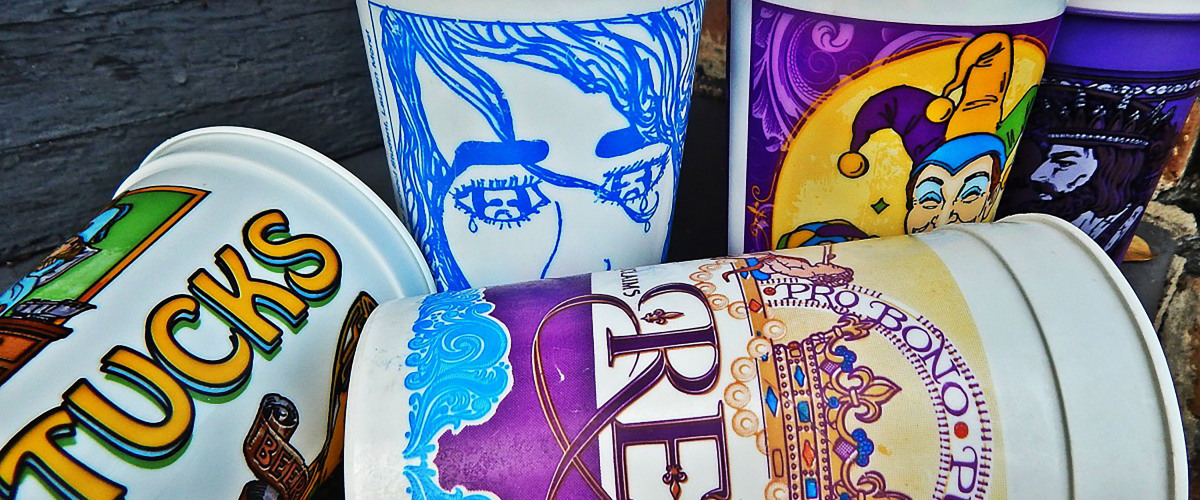Text (festival)
“A week-long festival celebrating New Orlean’s culture and heritage.”
Context
My informant has lived in Louisiana for 4 years and attended the Mardi Gras festival two times.
Q: “What exactly is Mardi Gras?”
A: “The celebration originated in New Orleans and people travel from all across the country to celebrate Mardi Gras here in New Orleans. Basically, it’s a week-long festival/series of parades that happens at the beginning of January lasting until Fat Tuesday right before Ash Wednesday.”
Q: “What is the significance of the celebration?”
A: “It’s essentially a ‘last hoorah’ before lent so it’s the last time you indulge, drinking, eating sweets, especially king’s cake, before you give it up for lent.”
Analysis
Mardi Gras is a French phrase meaning “Fat Tuesday” translated into English. This comes from the custom of using up all of the fats in the home before lent in preparation for fasting and abstinence. Important families will create floats and dress up in extravagant glittery costumes driving the float around the city throwing out beads, coconuts, candy, etc. There is jazz music, performers, and people in costumes. New Orleans has a lot of French culture stemming from the Louisiana Purchase which gave the United States new land, including New Orleans. People typically dress up in the Mardi Gras colors of purple, gold, and green. People not coming from “important” New Orleans families will typically just wear comfortable clothes aligning with the Mardi Gras colors and walking shoes as they’ll be outside walking a lot. Different parades are happening throughout the week at different times and the streets are filled with people in celebration. The celebration marks the beginning of Lent, a yearly 40-day fasting period leading up to easter. This is exemplary of the connection between festivals and yearly cycles/the calendar as well as religious folklore. Festivals are often symbolic of cyclical time and the calendar year as Lent is a practice occurring yearly in Christian communities and the festival serves as an opportunity to commemorate and celebrate Christian practices and beliefs. Larry Danielson, a religious folklorist explores these themes of religious rituals and practices including communal groups participating in religious originating festivals representative of shared belief. Mardi Gras specifically has Catholic roots and people use festivals as a way to come together and provide a more deep appreciation and nuanced understanding of religious tradition.

